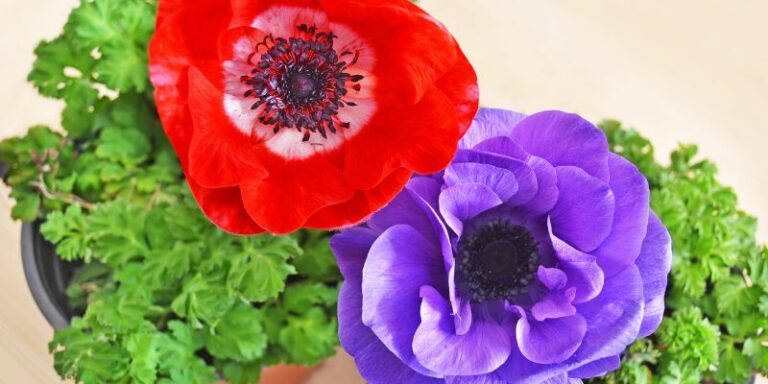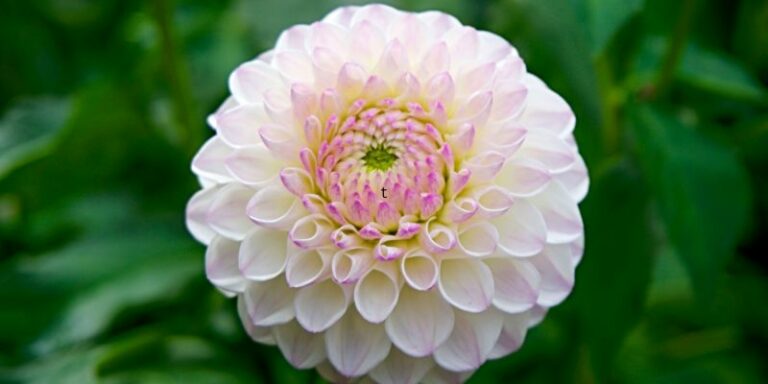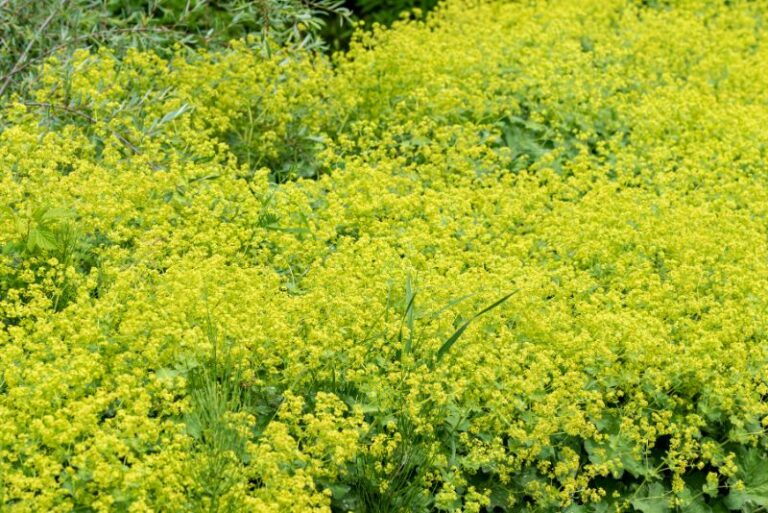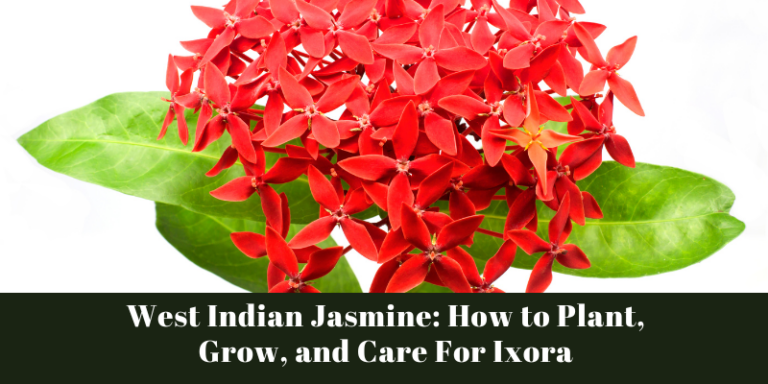Exploring Nasturtiums: Natural Pest Repellents in Gardening
Nasturtiums, with their vibrant colors and distinct, peppery scent, hold a cherished spot in the hearts of many gardeners. Besides adding a pop of cheer to any landscape, these versatile plants are gaining attention for something beyond their aesthetics—a natural ability to repel garden pests. In this detailed exploration, we will unravel the mechanisms through which nasturtiums protect your garden without harmful chemicals, making a compelling case for these bold blooms in sustainable gardening practices.
The Pest-Repellent Power of Nasturtiums

Understanding Companion Planting
Companion planting is a time-tested gardening method where specific plants are grown near each other to enhance each other’s growth, health, or flavor. Nasturtiums, with their distinct fragrance and properties, are celebrated as champions in the realm of companion planting. They act as a force shield, deterring pests that might otherwise target more vulnerable plants, effectively decreasing the risk of infestation without any environmental downsides.
Specific Pests That Nasturtiums Combat
Aphids, whiteflies, and a host of other common garden pests shy away from nasturtiums. The volatile compounds emitted by nasturtiums act as a natural repellent, confusing and repelling insects that could harm your beloved edibles. By planting nasturtiums amongst your vegetables or in problem areas of the garden, you’re essentially setting up a natural barrier against invasive pests.
How Nasturtiums Work Their Magic
The peppery smell and taste of nasturtiums are due to compounds like mustard oil, which is toxic to many garden pests. When pests come in contact with nasturtiums, they may decide the risk isn’t worth the reward and move on to more hospitable feeding grounds. Furthermore, the vibrant colors of nasturtium blooms can attract insect pests, effectively luring them away from your vegetables and into a trap.
Cultivation and Maintenance Tips for Nasturtiums
Setting Up Your Nasturtium Garden
To make the most of nasturtiums’ pest-repelling prowess, proper planting is key. Nasturtiums are easy to grow from seed and prefer well-drained soil and full sun. Planting them in a location that receives plenty of light and heat will not only promote blooming but will also help intensify their scent, making the pest-deterring effect even more potent.
Nurturing Your Garden Guardians
Once established, nasturtiums require minimal care. Regular watering, especially during dry spells, is necessary to keep the soil slightly moist. Avoid over-fertilizing, as too much nitrogen can lead to excessive foliage growth at the expense of flowering. Prune back the plants as needed to encourage bushier growth and more flowers.
Nasturtiums in the Context of Sustainable Gardening
The Environmental Blueprint
Chemical pesticides can bring about harmful consequences, from soil degradation to potentially dangerous impacts on beneficial organisms. In this context, nasturtiums offer a compelling— and beautiful—solution. By nurturing a healthy, pest-repelling natural environment, you reduce the need for chemical interventions, effectively crafting a blueprint for an eco-friendly and sustainable garden.
Biodiversity Boosters
Nasturtiums not only repel pests but also attract beneficial insects like hoverflies and ladybugs. These critters feast on aphids and other garden pests, providing a natural form of pest control that complements the nasturtiums’ guard. This interplay promotes a balanced ecosystem within your garden, fostering a diverse community of plants and insects that can coexist and flourish.
Real-Life Success Stories
Testimonials From the Trenches
Gardening enthusiasts from around the globe have shared their experiences with nasturtiums, often with enthusiastic endorsement. Many have noted a significant reduction in pest damage when nasturtiums are part of the garden landscape. These testimonials reinforce the practical effectiveness of nasturtiums and provide inspiration for novices and veteran gardeners alike.
Conclusion: A Call to Nasturtium Arms
Nasturtiums exemplify the beauty of natural pest control—literally and figuratively. Their colorful blooms, spicy aroma, and low-maintenance nature make them an attractive addition to any garden. By weaving these dynamic plants into your gardening fabric, you’re not just adding a decorative element; you’re fortifying your green space with a sustainable defense mechanism, promoting ecological balance and biodiversity. It’s a strategy that benefits both the gardener and the garden.
In the spirit of sustainable living, consider the impact of every plant in your garden. With nasturtiums, you’re not just growing a garden; you’re nurturing an ecosystem. Each blossom brings you one step closer to a harmonious, pesticide-free paradise. It’s time to harness the natural pest-repellent properties of nasturtiums and take a step into the world of sustainable gardening. Your garden—and the planet—will thank you.
For more on sustainability, gardening techniques, or exploring the world of garden companions, continue to engage with the experts in the field. With the right knowledge and a bit of green-thumb effort, every gardener can create a haven that supports our environment, one nasturtium at a time.






